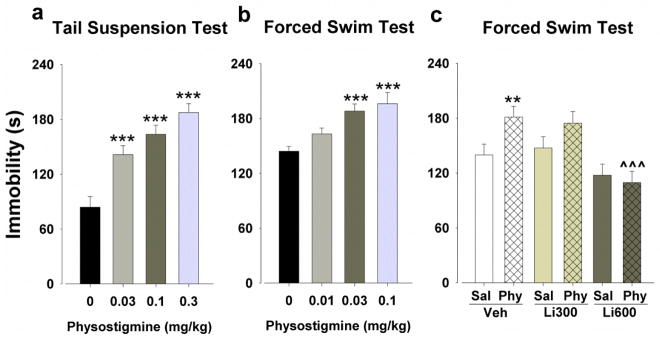Figure 3. Time spent immobile in the TST and FST after physostigmine administration and its reversal by lithium in the FST.

Each dose of physostigmine increased immobility times compared to saline in the TST (a). Both 0.03 and 0.1 mg/kg increased immobility times compared to saline in the FST, but 0.01 mg/kg had no effect (b). In another group of mice, physostigmine (Phy; 0.03 mg/kg) increased immobility times compared to saline (Sal) in the vehicle-treated mice (Veh), but after a more focused re-analysis this physostigmine-induced immobility was not observed in the mice treated with lithium 600 mg/l (c). Data are presented as mean + S.E.M. n = 10–12 animals per group. ** p<0.01 and *** p<0.001 when compared to saline and ^^^ p<0.001 when compared to vehicle.
